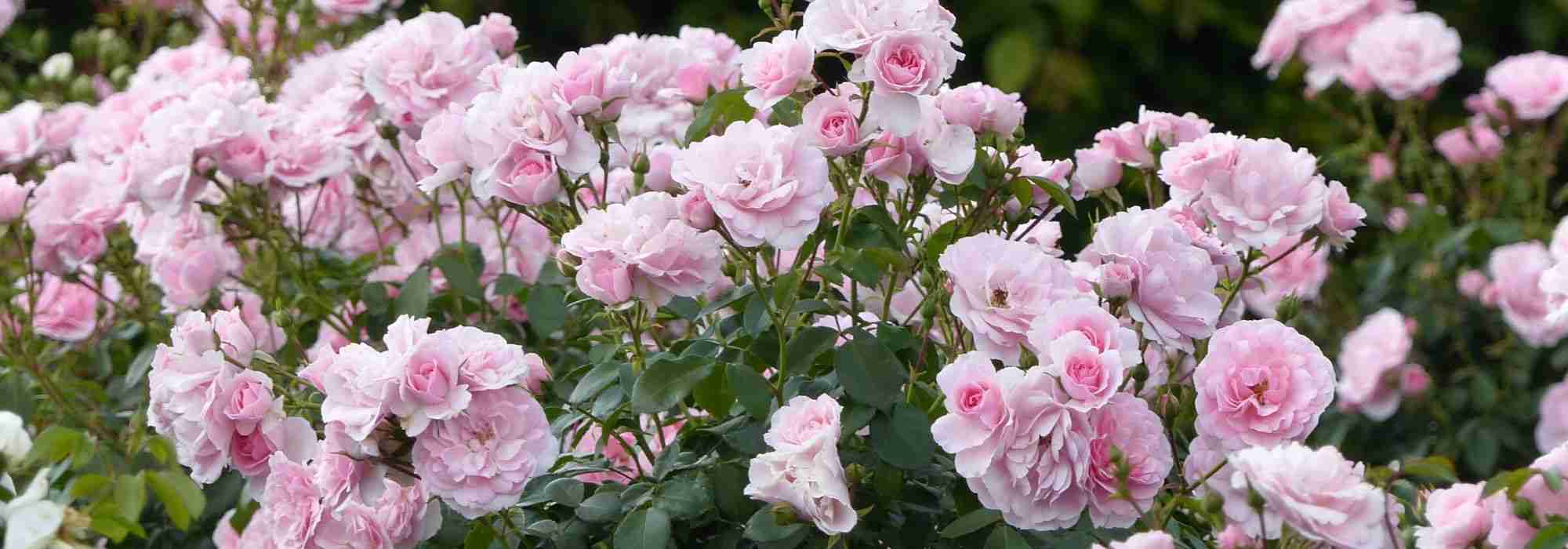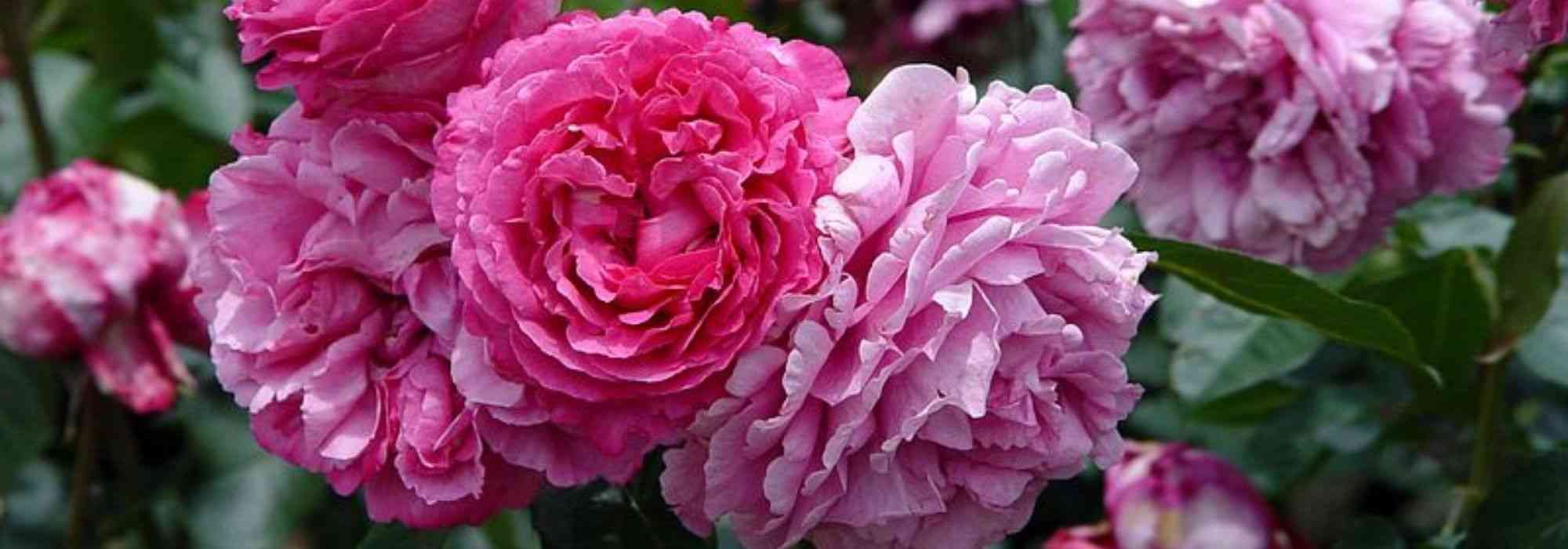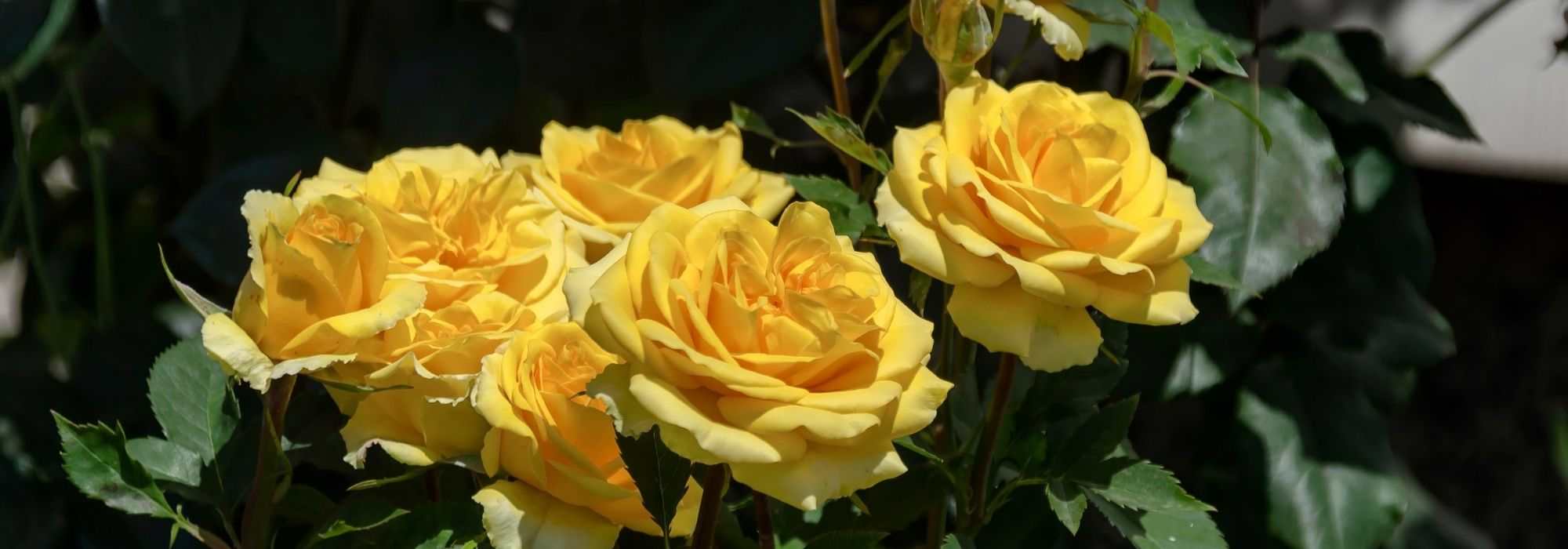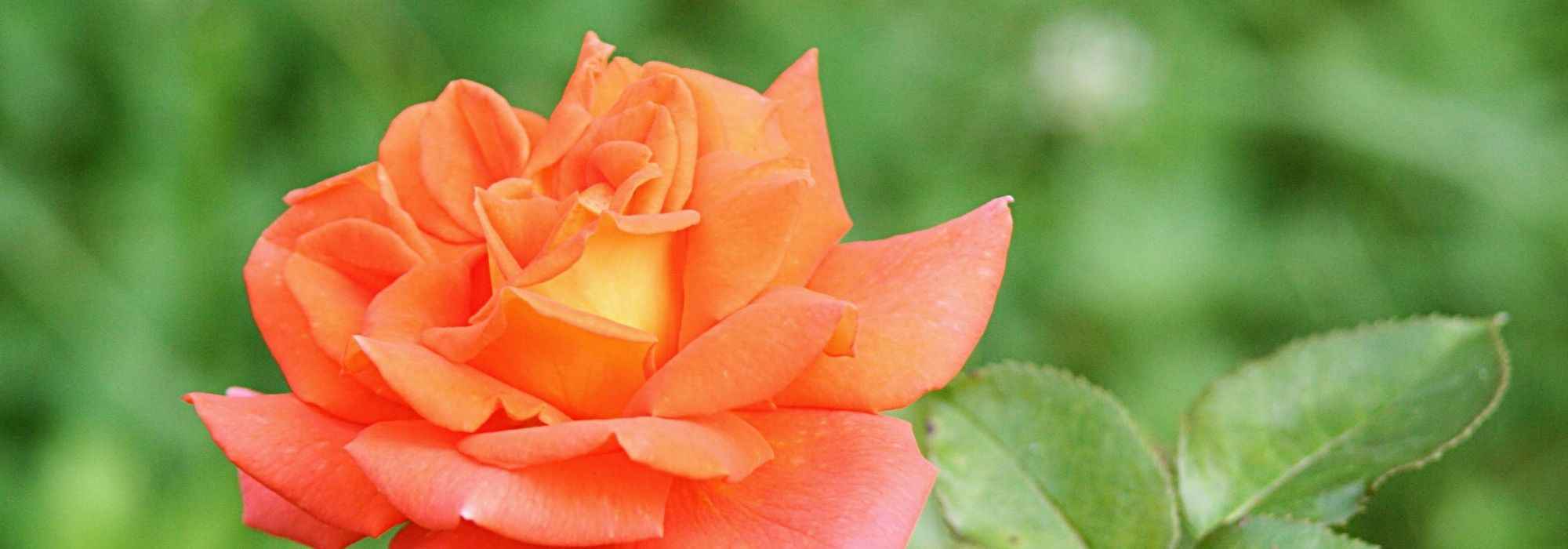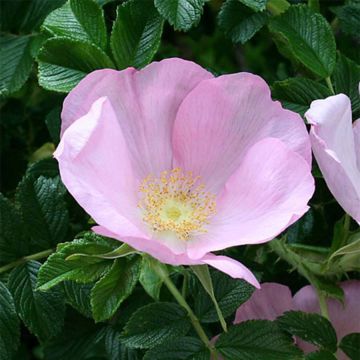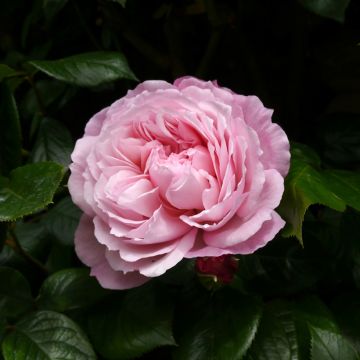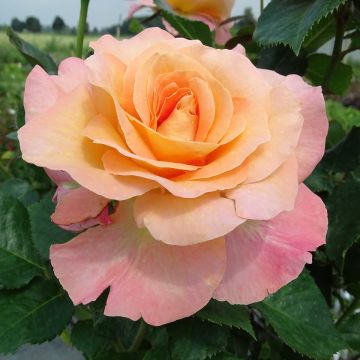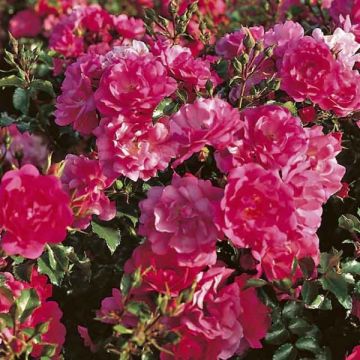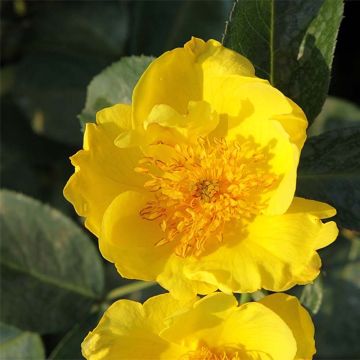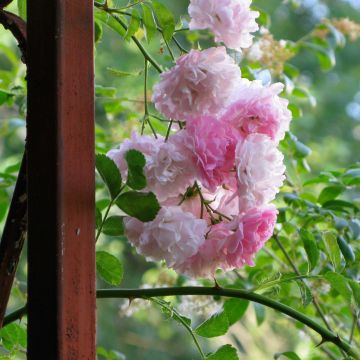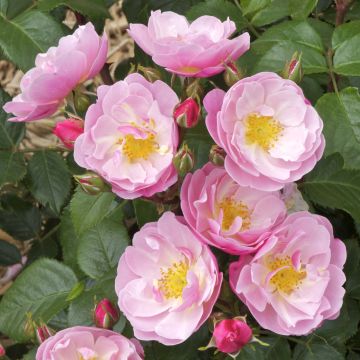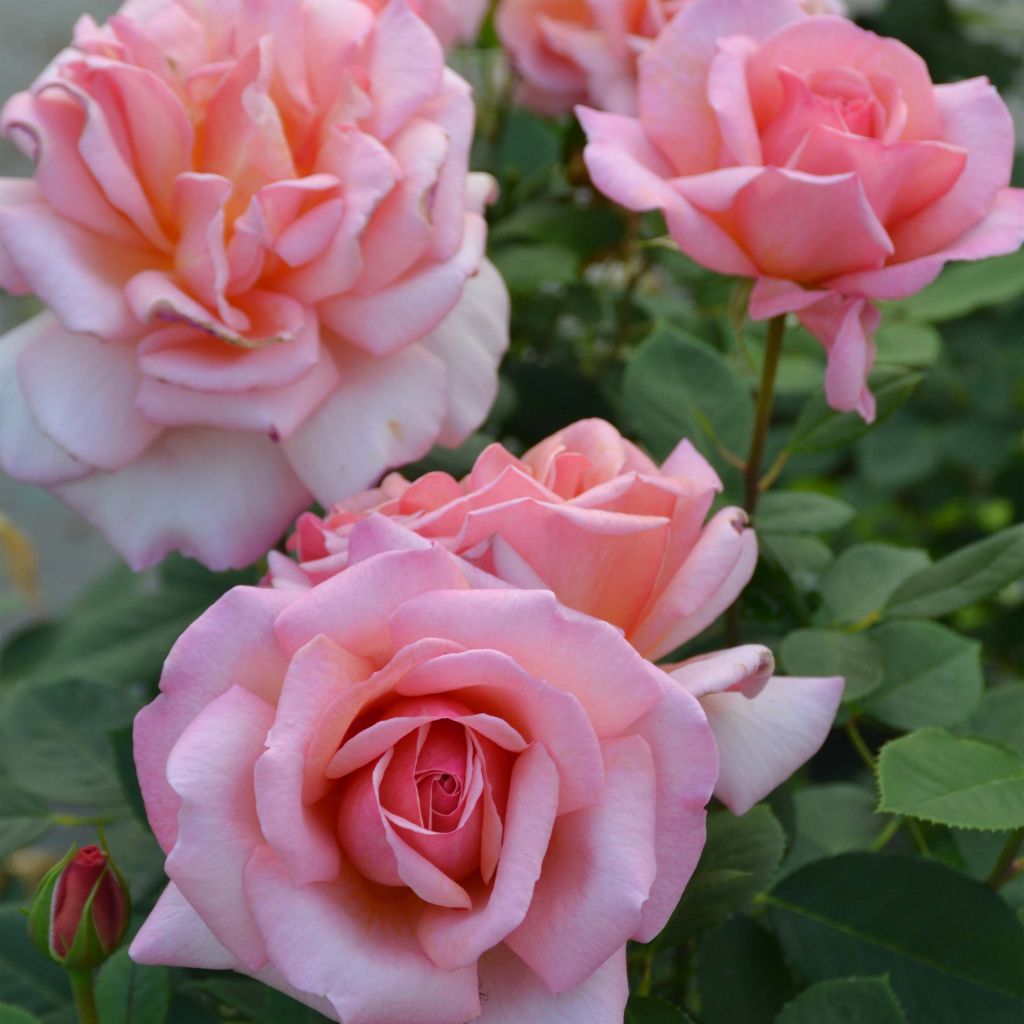

Rosa Belle du Seigneur - Hybrid Tea Rose
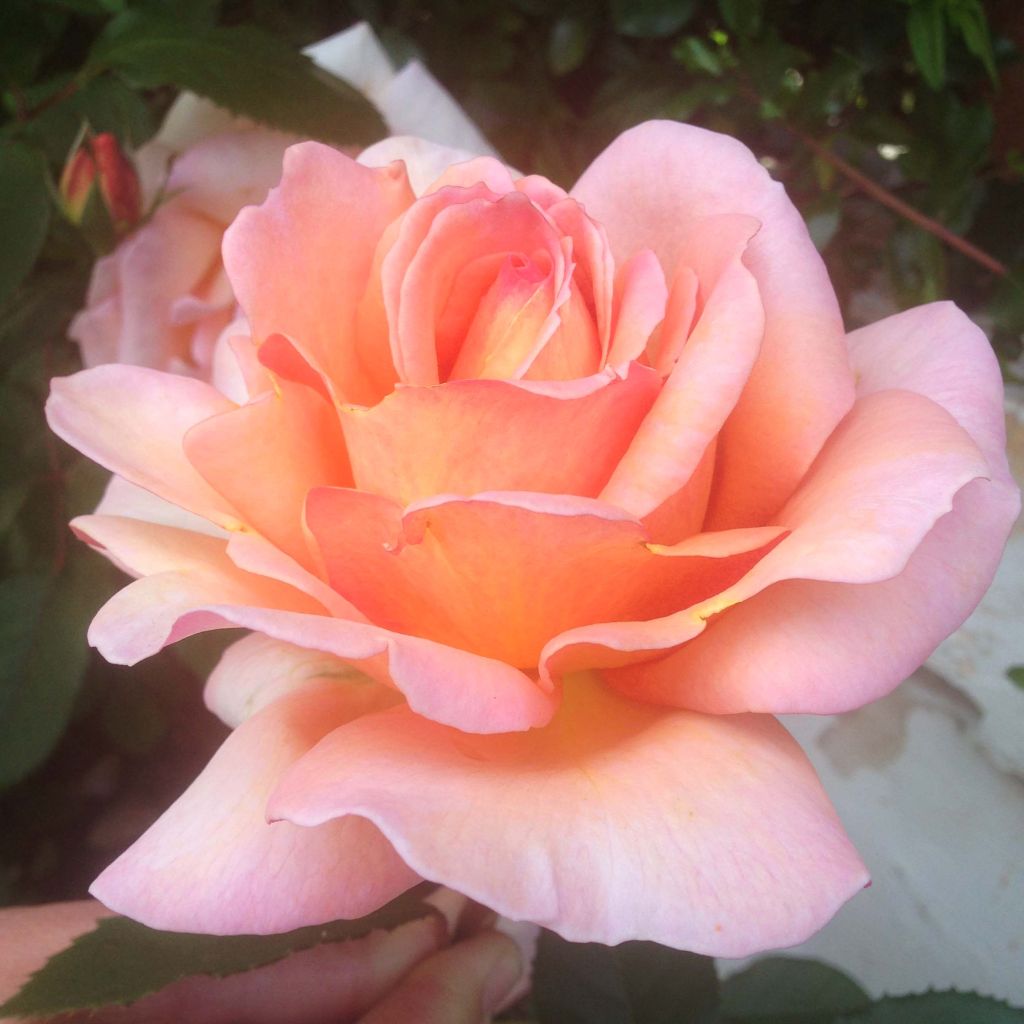

Rosa Belle du Seigneur - Hybrid Tea Rose
View more pictures
Hide images
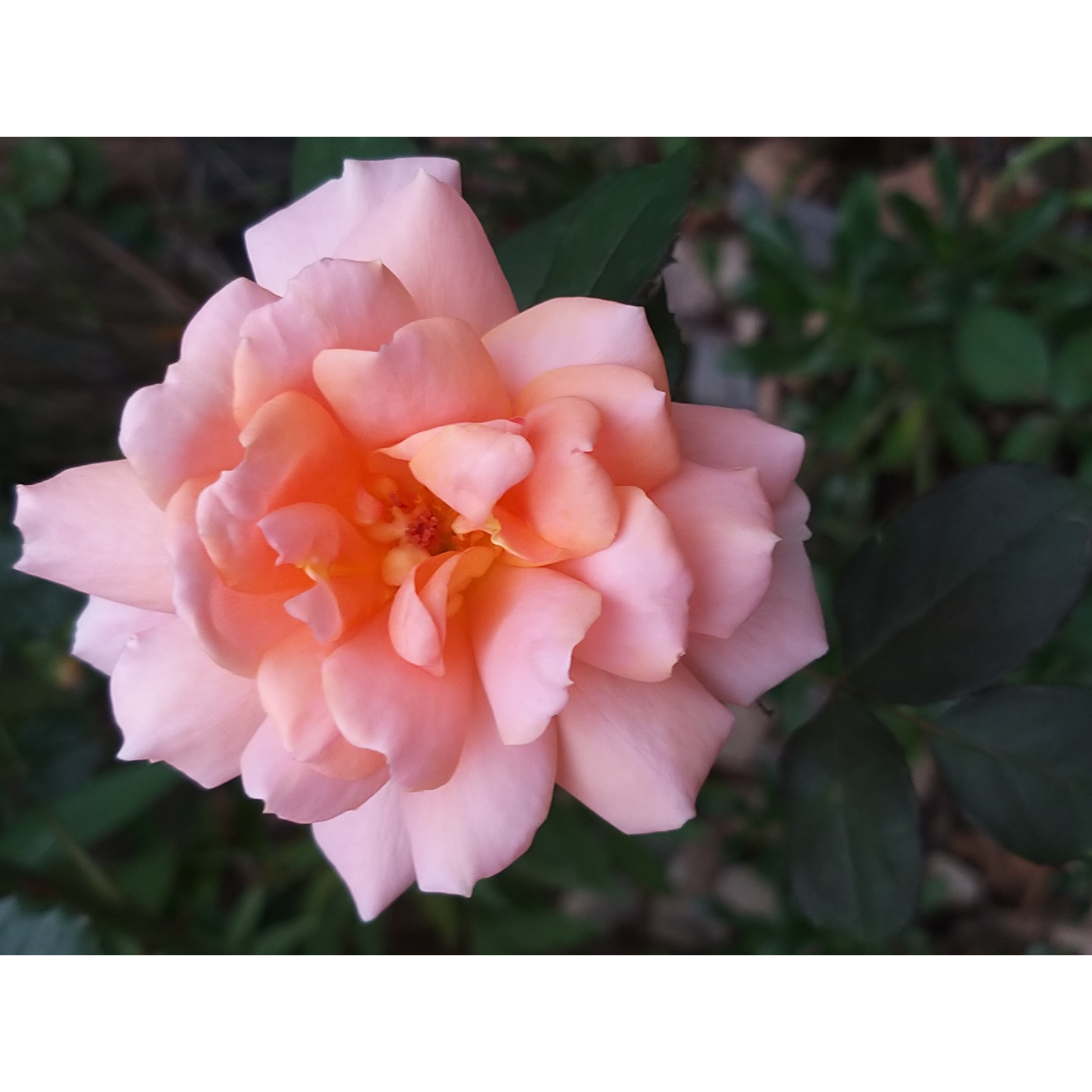
Thierry P.

October flowering - image 11
Thierry P. • 84 FR
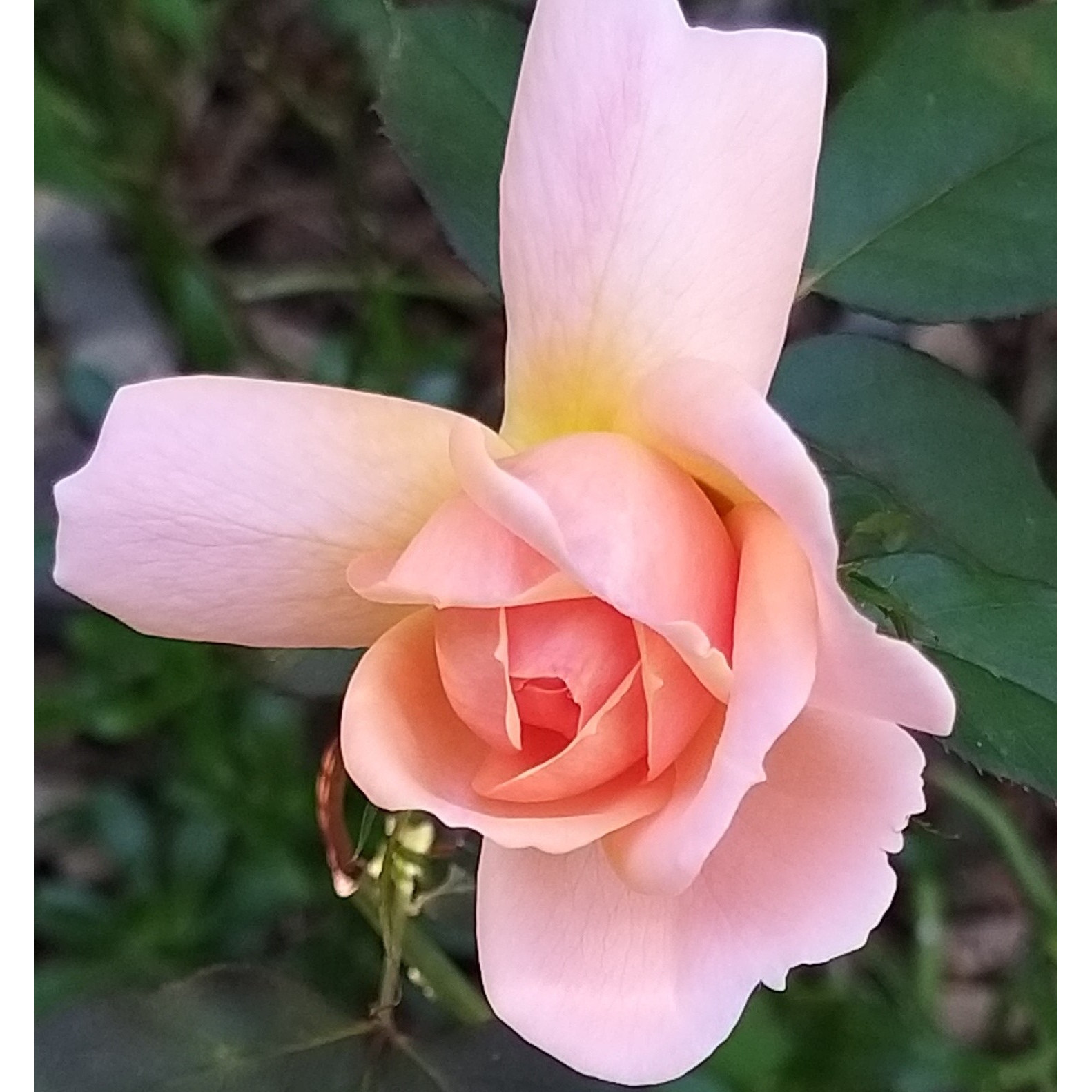
Thierry P.

October flowering - image 10
Thierry P. • 84 FR
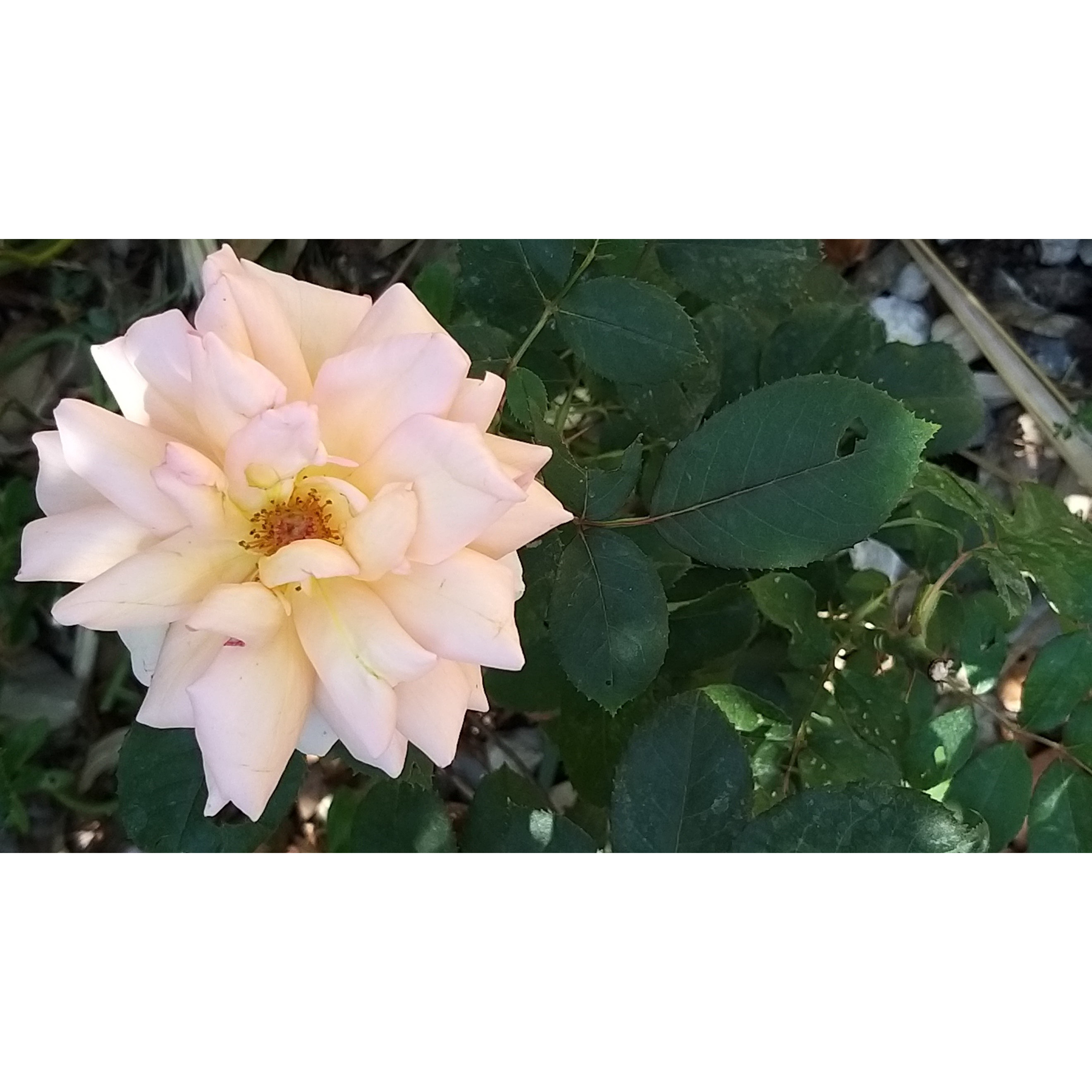
Thierry P.

July flowering - image 9
Thierry P. • 84 FR
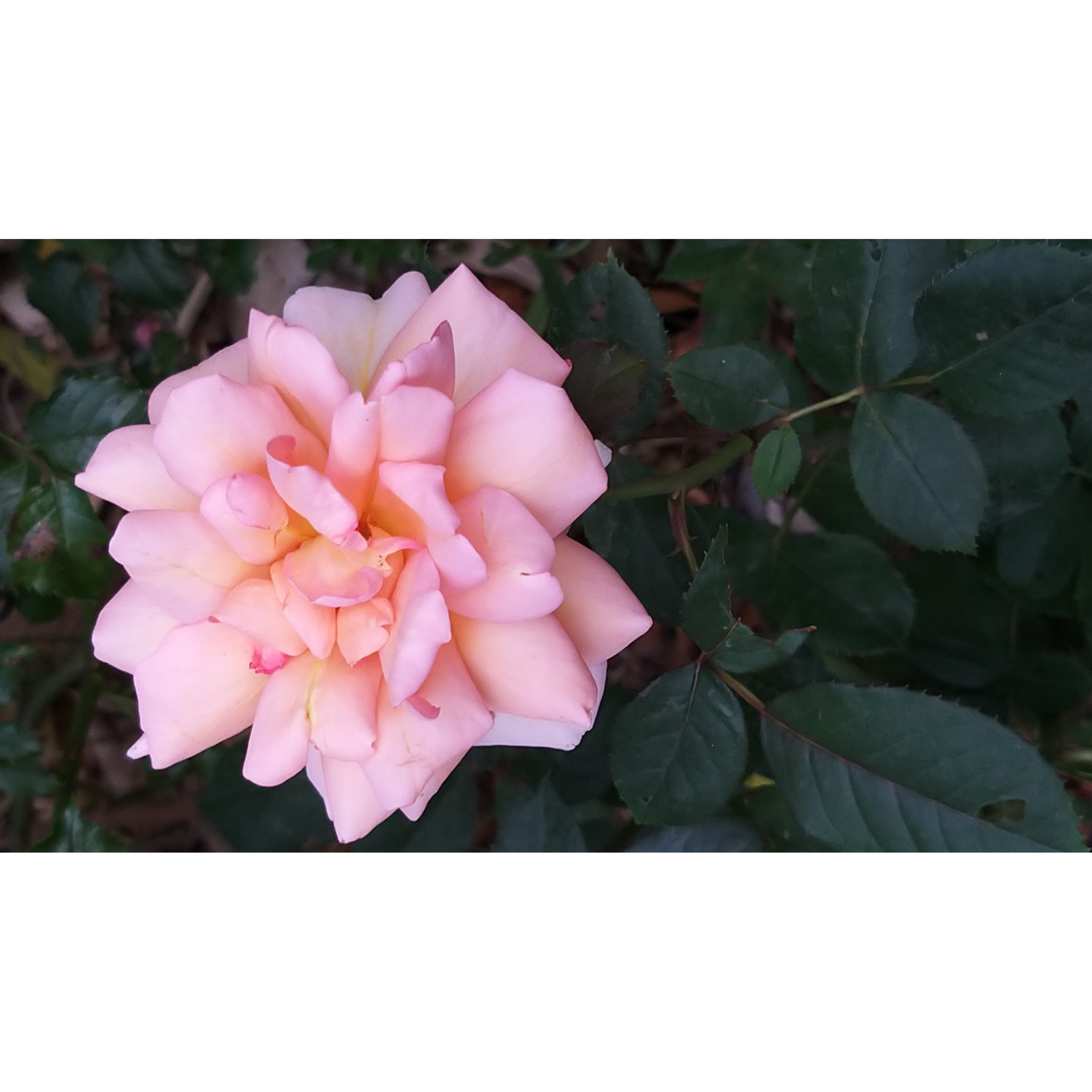
Thierry P.

July flowering - image 8
Thierry P. • 84 FR
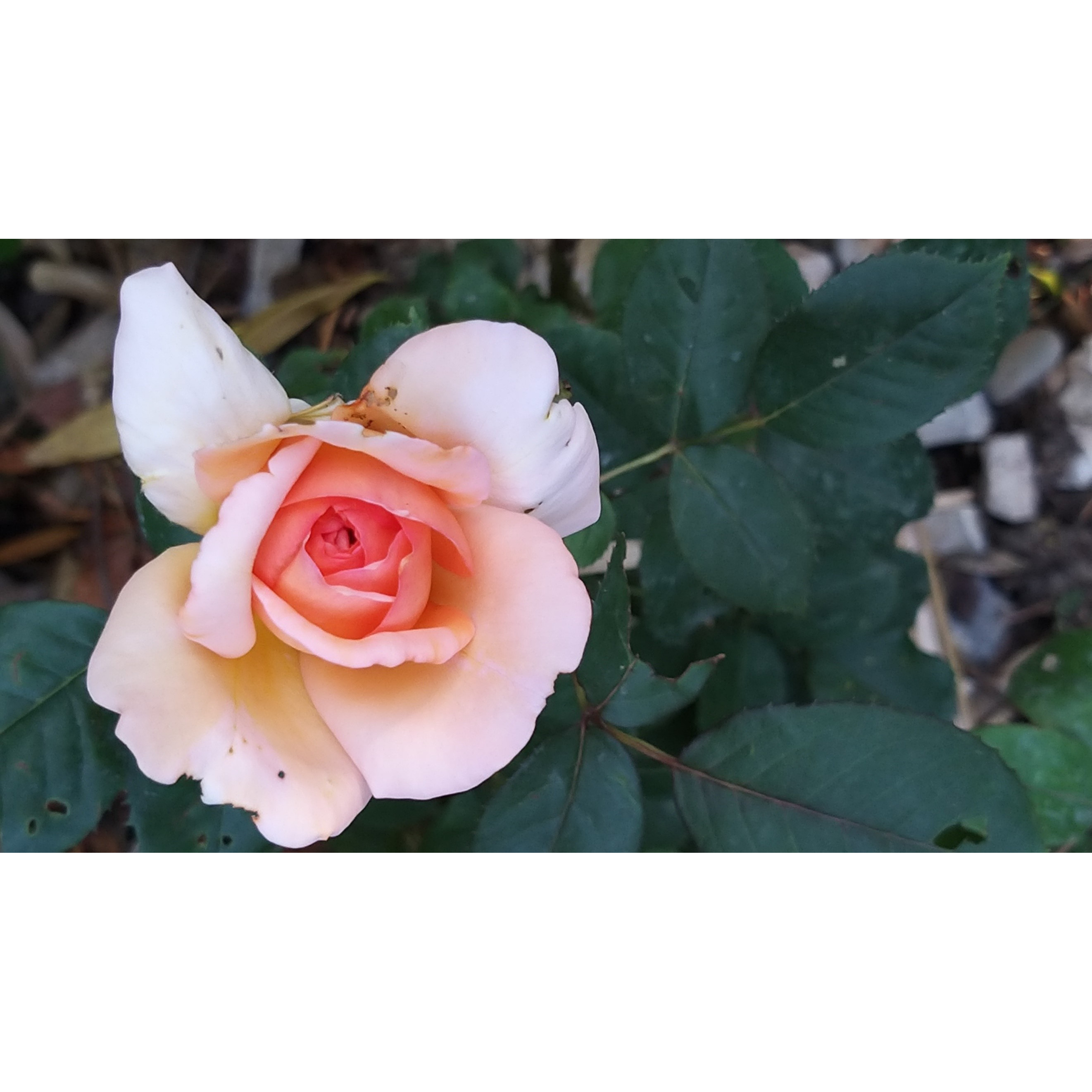
Thierry P.

July flowering - image 7
Thierry P. • 84 FR
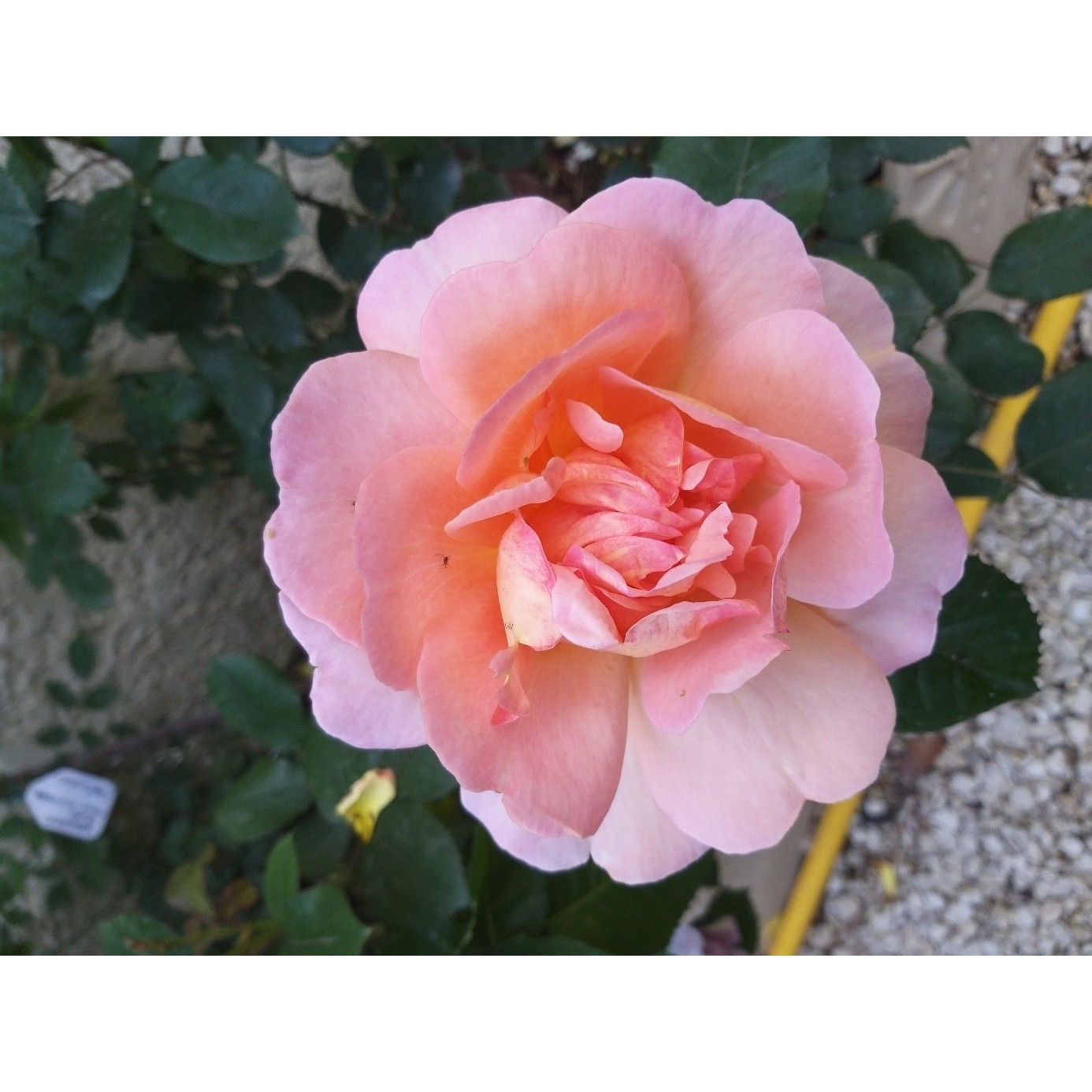
Thierry P.

N/A
Thierry P. • 84 FR
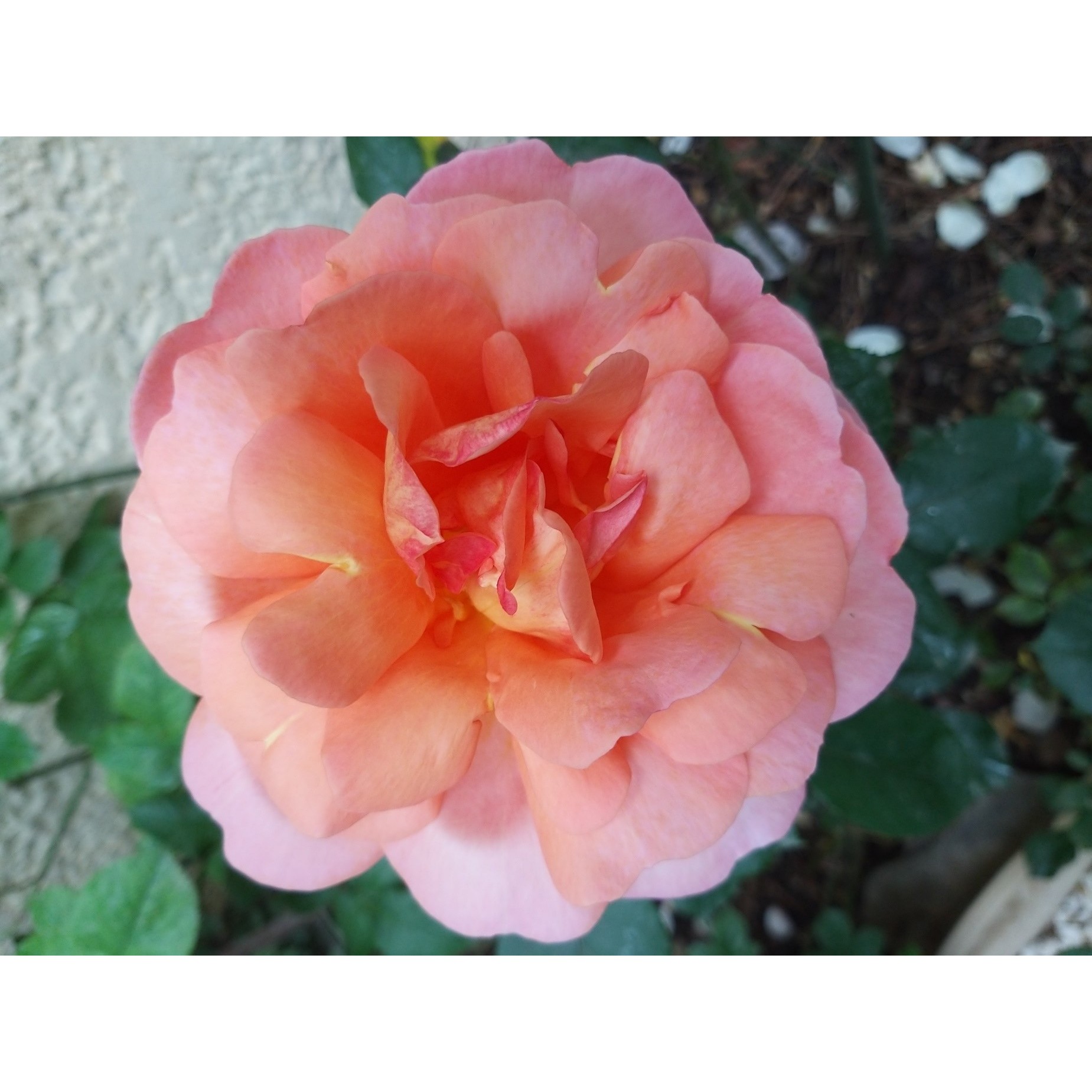
Thierry P.

Flowering in May - Image 3
Thierry P. • 84 FR
Rosa Belle du Seigneur - Hybrid Tea Rose
Rosa Belle du Seigneur® 'Delocabri'
Hello, This is the second time I've purchased 'Belle du Seigneur'. Having given away the first one, I missed it so much in the garden that I bought it again. I love the colour of its leaves, the branches and leaves in reddish tones. It has a very fast growth. I planted it with some Seaweed Guano at the bottom. It enjoyed it so much that it has already produced new branches from the graft point, and not just one but several!!! There are also two buds! For a rose planted less than two months ago, it's spectacular! Its flowers are so beautiful, I can't wait to see them again. My garden gets a little more beautiful every year... I'm proud of it, let's not deny it... It's so pretty, so colourful :-) I recommend to everyone this 'Belle du Seigneur' rose, I forgot to mention that it's never sick and its shape is rather upright :-)
Laurette-56, 16/05/2024
Special offer!
Receive a €20 voucher for any order over €90 (excluding delivery costs, credit notes, and plastic-free options)!
1- Add your favorite plants to your cart.
2- Once you have reached €90, confirm your order (you can even choose the delivery date!).
3- As soon as your order is shipped, you will receive an email containing your voucher code, valid for 3 months (90 days).
Your voucher is unique and can only be used once, for any order with a minimum value of €20, excluding delivery costs.
Can be combined with other current offers, non-divisible and non-refundable.
Home or relay delivery (depending on size and destination)
Schedule delivery date,
and select date in basket
We guarantee the quality of our plants for a full growing cycle, and will replace at our expense any plant that fails to recover under normal climatic and planting conditions.
Description
The 'Belle du Seigneur' is a modern hybrid tea rose with generous, colourful, and sensual clustered flowers, named after Albert Cohen's famous novel recounting the story of an admirable seduction. This bush can continuously produce masses of double and turbinate flowers, with shades of ochre and bronze enveloping a tightly packed copper-coloured heart that gradually turns pink on the periphery. Not very tall but resilient, the bush develops dark stems and elegant dark green foliage, which compose a beautiful setting for the flowers. From summer to autumn, they never cease to seduce in a cloud of relatively light but delightful fragrance. This flower is an ornament for the garden and a treasure for homemade bouquets!
'Belle du Seigneur' or 'Delocabri' is a modern bush rose with large clustered flowers obtained by Delbard in 1993, but it was only commercialised in 2001. This variety, also known as The Midlands Rose, forms a beautiful bush with a bushy and compact habit that reaches approximately 70 cm in height with a 60 cm (24in) spread at maturity, with rapid growth. It produces strong branches of a very dark green colour that carry elegant, glossy forest green foliage, which is not very susceptible to diseases. Throughout the beautiful season and until the doors of autumn, if faded flowers are removed, the plant produces numerous buds that open into large two-tone flowers, tubular, typical of modern hybrid tea roses. They are grouped in bouquets of 3 to 5 at the end of long shoots from the current year or emerging from 2-year-old stems. The repeat flowering is also distinguished by a pronounced fragrance, that is always pleasant. Note that the flowers of this variety are very long-lasting on the bush and in a vase.
This 'Belle du Seigneur' rose, with its modest growth, warm and soft colour, and delightful fragrance, is ideal in a pot on the terrace, in a bed of roses or light perennials, or as a standalone plant in a well-maintained small garden. It is also perfect for use in large borders, where it dramatically impacts when planted in groups of 3 specimens. For example, it can be associated with tender pink, white, or even mauve roses, white or pink paniculate phlox, red penstemons, dame's rocket, blue to violet-blue or fuchsia pink shrubby sage, as well as silver foliage (Artemisias, silver ragworts) or dark foliage from boxwoods, Distylium (x) Blue Cascade, cotoneasters. Its cut flowers, with good endurance, are naturally perfect in bouquets.
Rosa Belle du Seigneur - Hybrid Tea Rose in pictures
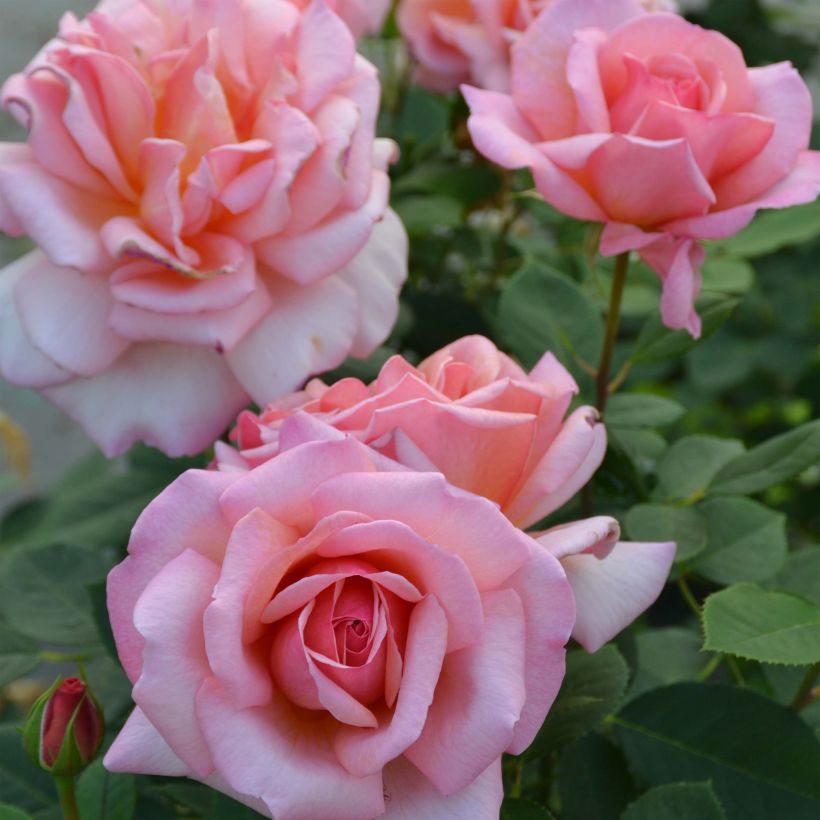

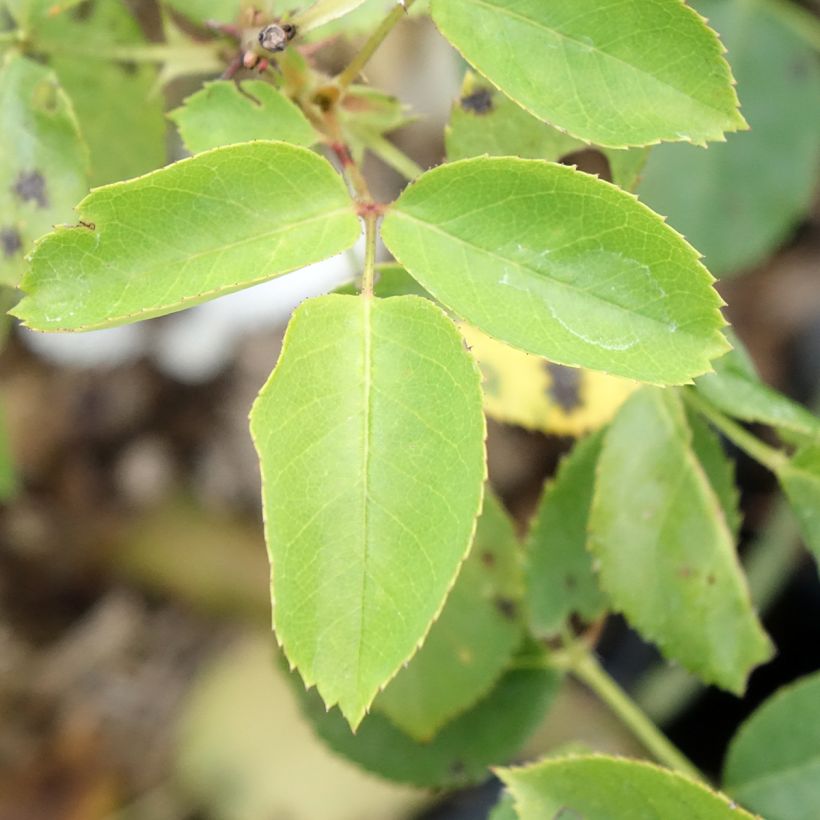

Plant habit
Flowering
Foliage
Botanical data
Rosa
Belle du Seigneur® 'Delocabri'
Rosaceae
Cultivar or hybrid
Rosa canina Laxa (Wrapped bare root), Rosa multiflora (4L/5L pot)
Planting and care
Choose a sunny or lightly shaded spot with well-worked soil that is not too heavy and has enough nutrients. Avoid planting in poor and excessively dry soils. Prepare the soil by crumbling it and adding an amendment, such as blood, fish and bone, at the bottom of the planting hole. After planting, water abundantly to remove air pockets and continue to water regularly for a few weeks to help the roots establish.
Pruning modern repeat flowering roses is important for flowering and should be done in three stages:
1. Regular maintenance pruning: During the season, regularly shorten the flowering branches and remove faded flowers along with their stem, leaving 2 or 3 leaves to encourage repeat flowering.
2. Preparatory autumn pruning: Lightly prune in preparation for the 'main' spring pruning. Note: This is not recommended in regions with cold winters as this could weaken the bush.
3. Spring pruning: In February-March, when the buds have become shoots 2 to 3 cm (1in) long, prune the young, strong branches to one-quarter of their length.
When pruning, always aim to remove dead wood, diseased branches, and weak shoots while opening up the centre of the bush. Retain the most vigorous branches, generally 3 to 6 well-positioned, to maintain an attractive habit. Always prune at a slant ½ cm or 1 cm (0in) above an outward-facing bud.
Roses may develop unsightly spots at the end of summer, but this is a natural occurrence and doesn't harm the rose's growth.
Planting period
Intended location
Care
Planting & care advice
-
, onOrder confirmed
Reply from on Promesse de fleurs
Similar products
Haven't found what you were looking for?
Hardiness is the lowest winter temperature a plant can endure without suffering serious damage or even dying. However, hardiness is affected by location (a sheltered area, such as a patio), protection (winter cover) and soil type (hardiness is improved by well-drained soil).

Photo Sharing Terms & Conditions
In order to encourage gardeners to interact and share their experiences, Promesse de fleurs offers various media enabling content to be uploaded onto its Site - in particular via the ‘Photo sharing’ module.
The User agrees to refrain from:
- Posting any content that is illegal, prejudicial, insulting, racist, inciteful to hatred, revisionist, contrary to public decency, that infringes on privacy or on the privacy rights of third parties, in particular the publicity rights of persons and goods, intellectual property rights, or the right to privacy.
- Submitting content on behalf of a third party;
- Impersonate the identity of a third party and/or publish any personal information about a third party;
In general, the User undertakes to refrain from any unethical behaviour.
All Content (in particular text, comments, files, images, photos, videos, creative works, etc.), which may be subject to property or intellectual property rights, image or other private rights, shall remain the property of the User, subject to the limited rights granted by the terms of the licence granted by Promesse de fleurs as stated below. Users are at liberty to publish or not to publish such Content on the Site, notably via the ‘Photo Sharing’ facility, and accept that this Content shall be made public and freely accessible, notably on the Internet.
Users further acknowledge, undertake to have ,and guarantee that they hold all necessary rights and permissions to publish such material on the Site, in particular with regard to the legislation in force pertaining to any privacy, property, intellectual property, image, or contractual rights, or rights of any other nature. By publishing such Content on the Site, Users acknowledge accepting full liability as publishers of the Content within the meaning of the law, and grant Promesse de fleurs, free of charge, an inclusive, worldwide licence for the said Content for the entire duration of its publication, including all reproduction, representation, up/downloading, displaying, performing, transmission, and storage rights.
Users also grant permission for their name to be linked to the Content and accept that this link may not always be made available.
By engaging in posting material, Users consent to their Content becoming automatically accessible on the Internet, in particular on other sites and/or blogs and/or web pages of the Promesse de fleurs site, including in particular social pages and the Promesse de fleurs catalogue.
Users may secure the removal of entrusted content free of charge by issuing a simple request via our contact form.
The flowering period indicated on our website applies to countries and regions located in USDA zone 8 (France, the United Kingdom, Ireland, the Netherlands, etc.)
It will vary according to where you live:
- In zones 9 to 10 (Italy, Spain, Greece, etc.), flowering will occur about 2 to 4 weeks earlier.
- In zones 6 to 7 (Germany, Poland, Slovenia, and lower mountainous regions), flowering will be delayed by 2 to 3 weeks.
- In zone 5 (Central Europe, Scandinavia), blooming will be delayed by 3 to 5 weeks.
In temperate climates, pruning of spring-flowering shrubs (forsythia, spireas, etc.) should be done just after flowering.
Pruning of summer-flowering shrubs (Indian Lilac, Perovskia, etc.) can be done in winter or spring.
In cold regions as well as with frost-sensitive plants, avoid pruning too early when severe frosts may still occur.
The planting period indicated on our website applies to countries and regions located in USDA zone 8 (France, United Kingdom, Ireland, Netherlands).
It will vary according to where you live:
- In Mediterranean zones (Marseille, Madrid, Milan, etc.), autumn and winter are the best planting periods.
- In continental zones (Strasbourg, Munich, Vienna, etc.), delay planting by 2 to 3 weeks in spring and bring it forward by 2 to 4 weeks in autumn.
- In mountainous regions (the Alps, Pyrenees, Carpathians, etc.), it is best to plant in late spring (May-June) or late summer (August-September).
The harvesting period indicated on our website applies to countries and regions in USDA zone 8 (France, England, Ireland, the Netherlands).
In colder areas (Scandinavia, Poland, Austria...) fruit and vegetable harvests are likely to be delayed by 3-4 weeks.
In warmer areas (Italy, Spain, Greece, etc.), harvesting will probably take place earlier, depending on weather conditions.
The sowing periods indicated on our website apply to countries and regions within USDA Zone 8 (France, UK, Ireland, Netherlands).
In colder areas (Scandinavia, Poland, Austria...), delay any outdoor sowing by 3-4 weeks, or sow under glass.
In warmer climes (Italy, Spain, Greece, etc.), bring outdoor sowing forward by a few weeks.


































